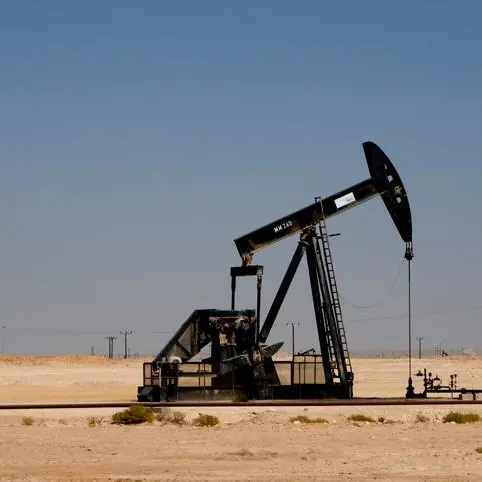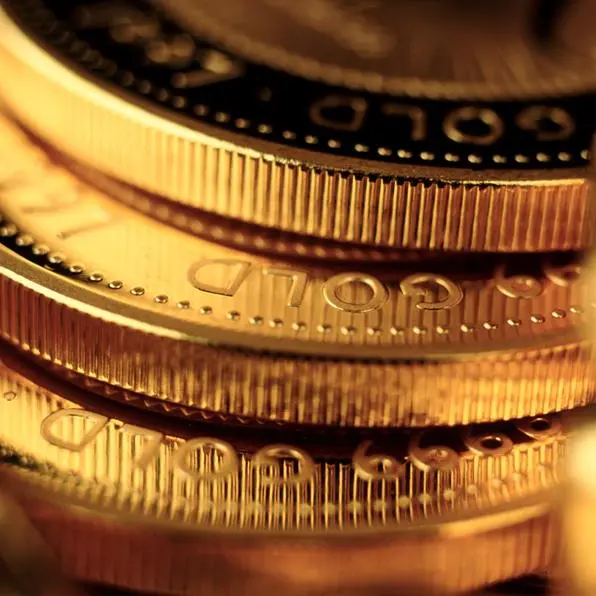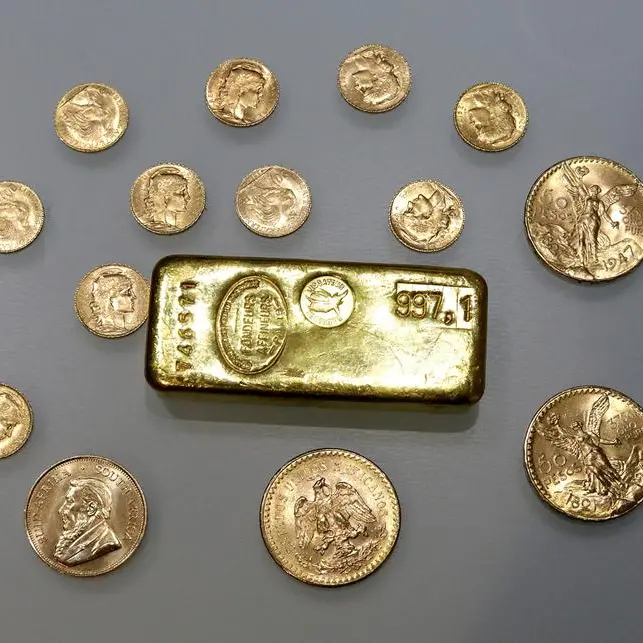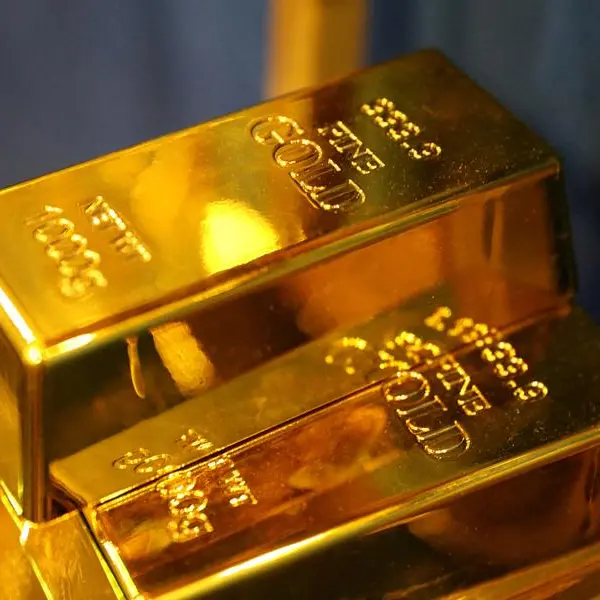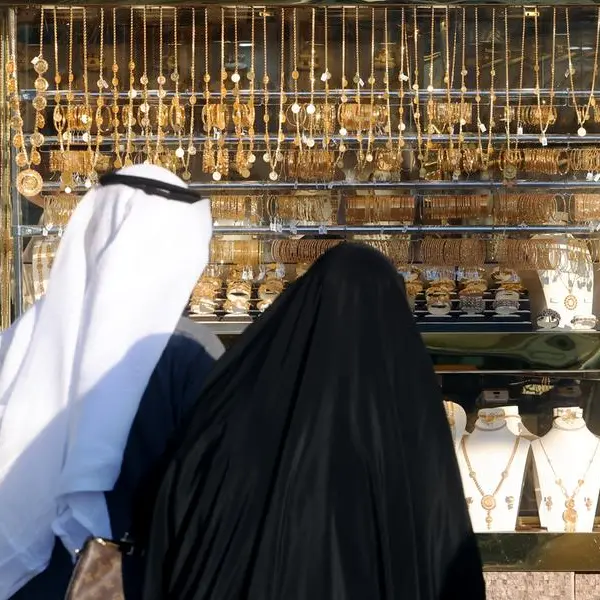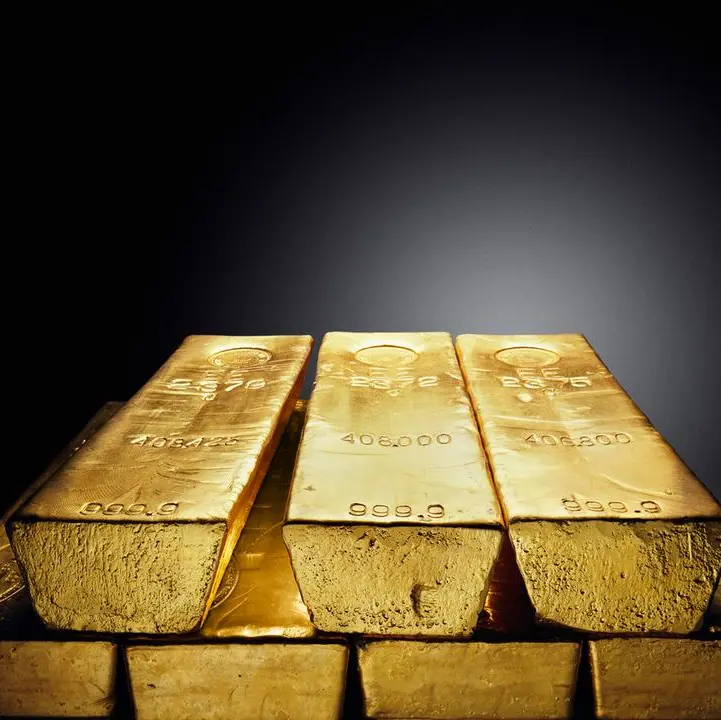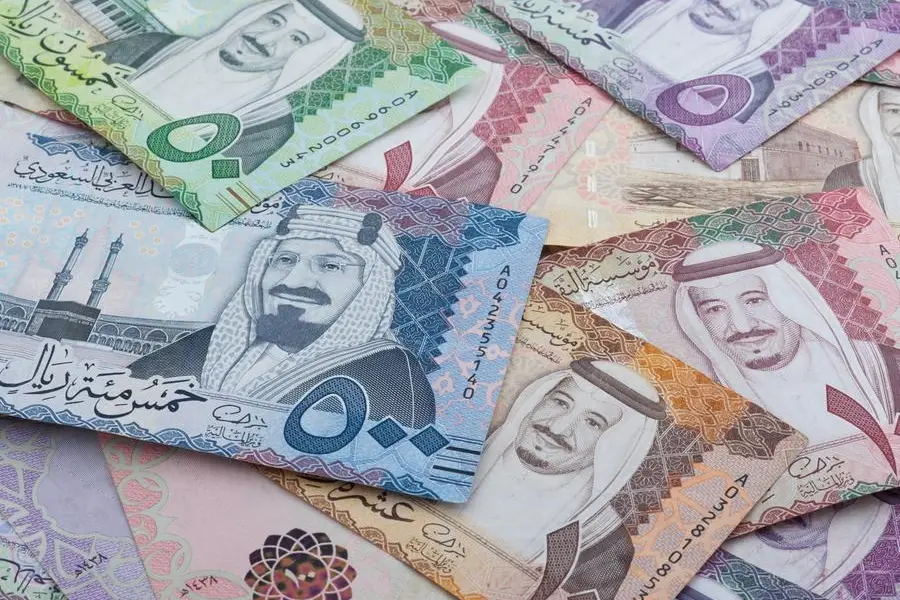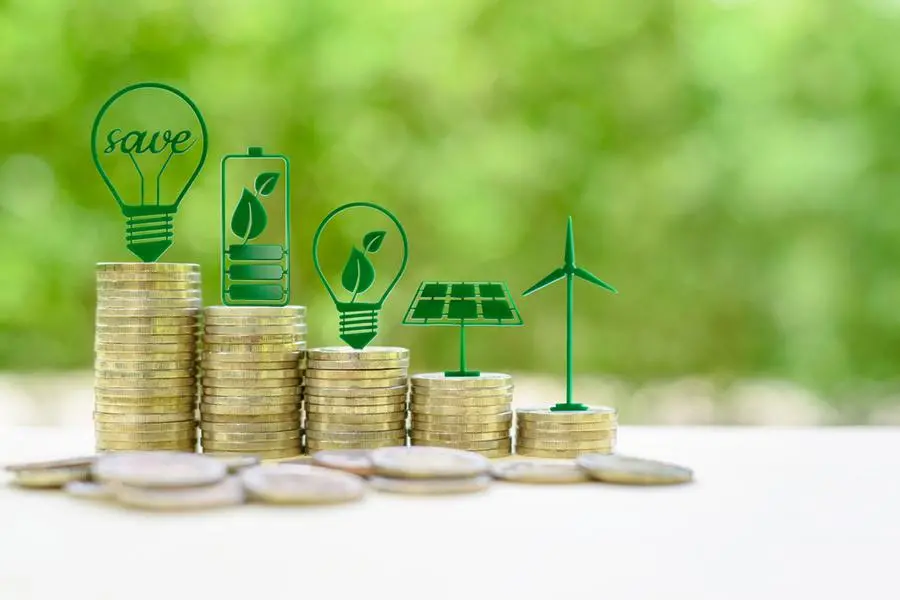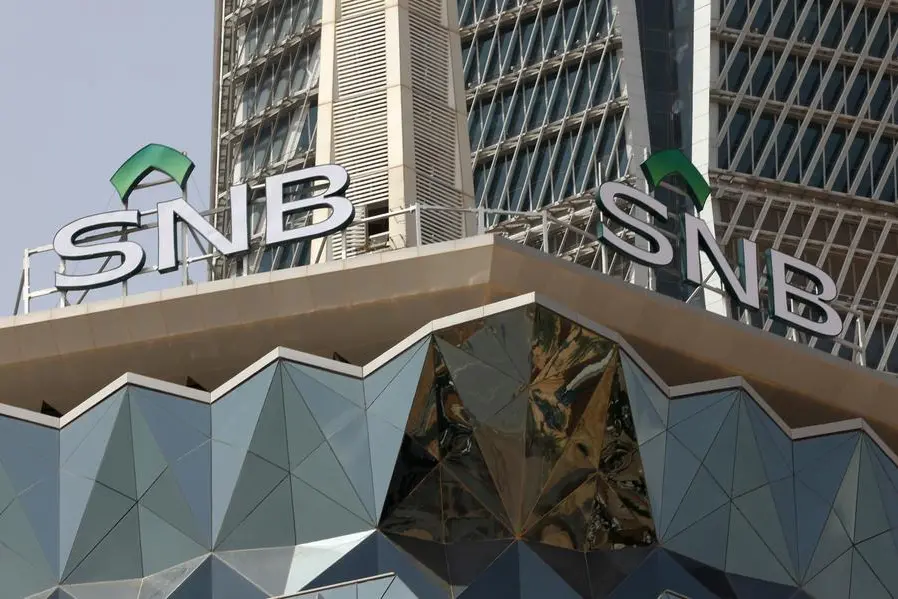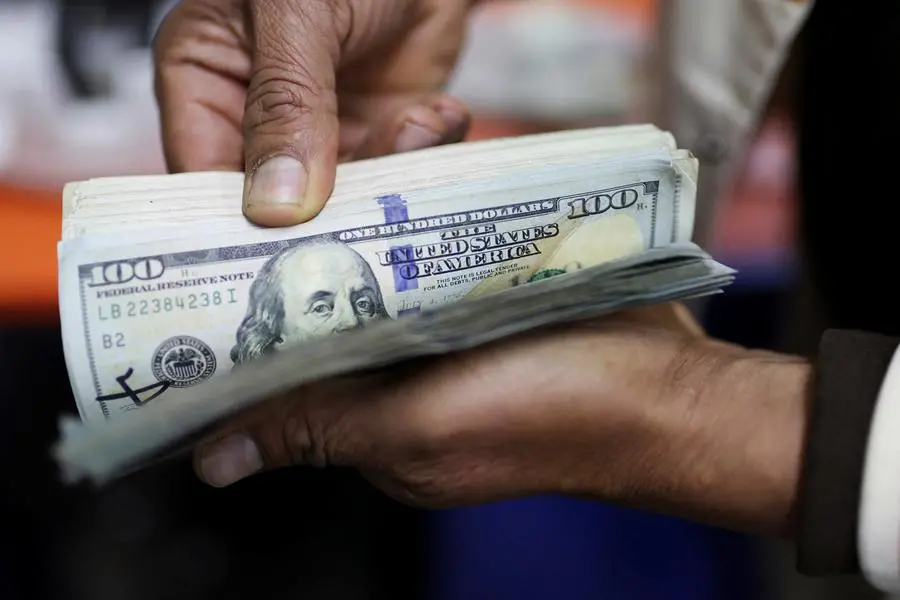PHOTO
Gold vein in a stone
The price of gold could push above $2,000 per ounce after the Russia-Ukraine conflict helped it rise by six percent during the first quarter of 2022, according to Invesco.
Citing Bloomberg data, the investment management firm said the price reached $1,937 from $1,829, an increase of six percent, which it described as a “modest” rise, however, as the value of other assets dropped during that period, for example the S&P 500 index declined by five percent.
Invesco said that the geopolitical tensions during the first months of 2022 and the subsequent war in Ukraine supported the gold price, despite rising bond yields, which goes against how the relationship between the two has been historically.
“Safe haven” buying pushed gold as high as $2,051 on March 8, as Russia’s invasion of Ukraine perturbed financial markets, the company said in a report.
Paul Jackson, Invesco’s global head of asset allocation research said: “When we see a rise in yields, we typically expect to see the price of gold fall, but something quite unusual is happening.
“We think there are two possible explanations: first, Russia’s invasion of Ukraine has perhaps added a geopolitical risk premium to the price of gold and, second, gold’s behaviour in relation to inflation may be changing (returning to a positive correlation after the inverse relationship that has existed since the global financial crisis).”
Invesco also cited data from the World Gold Council that shows that net inflows of global gold exchange-traded funds (ETFs) reached 187.3 tons, or $11.8 billion in March, bringing total value of assets under management to $239.7 billion - just below the record of $240.3 billion set in August 2020.
How central banks’ rollout policy tightening measures and rate hike expectations, fueled by higher-than-expected inflation, could be a fundamental driver of gold price for the remainder of the year, Invesco said.
“Historically, we have considered the best environment for gold to be US recession, as that would reduce real bond yields and weaken the US dollar. Our model suggests that such an outcome could push gold above $2,000 and probably higher if the Russia-Ukraine risk premium remains,” said Jackson.
Regarding cryptocurrencies, and whether they are a hedge against geopolitical risk, Jackson said: “Many investors may consider that cryptocurrencies could also offer mitigation against extreme economic outcomes, thus viewing them as performing the same role as gold within a portfolio.
“However, we would point out that they are highly volatile (Bitcoin fell from $67,734 to $35,364 in little more than two months to 23 January 2022) and they recently seem to behave more like high-beta versions of equities, rather than offering diversification.”
(Writing by Imogen Lillywhite; editing by Brinda Darasha)

